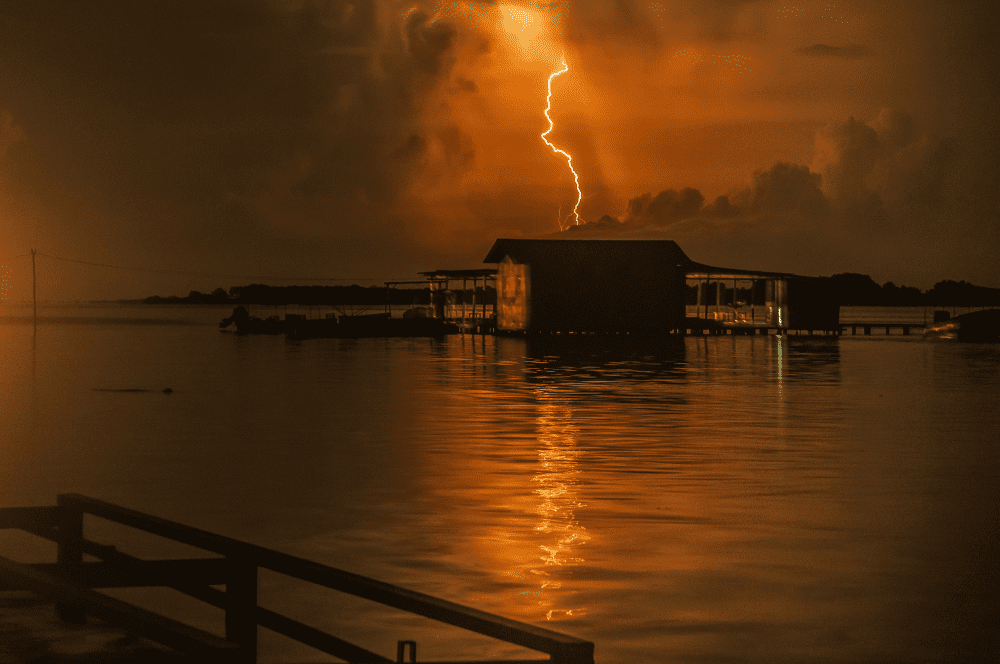The lightning capital of the world can be found in Venezuela, where the Catatumbo River meets Lake Maracaibo. Here, the unique geography and climate combine to create a landscape that lends itself to nocturnal thunderstorms that peak in September as a result of humid air being swept inland, colliding with cool mountain air.
Known as Catatumbo lightning or the beacon of Maracaibo, the electrifying natural phenomenon does not mess around, striking constantly for around half of the days in a year. It’s considered a sign of respect from nature by the Indigenous people who call it “ploi” which translates to “curiosity”. Come rain or shine, the nocturnal lightning is a constant that’s become a symbol of strength and fortitude.
It’s been studied by scientists, including some at NASA, and over a decade of research, we’ve learned a lot about Venezuela’s never-ending Catatumbo lightning. The region sees more lightning than anywhere else on Earth, and by that we mean it’s literally the Guinness World Record holder for the accolade.
It sees 250 lightning flashes per square kilometer every year, amounting to about 1.6 million bolts annually. They take place across 140–160 days of the year, and on those days the flashes of lightning can go on for around seven to eight hours.
It’s been coined the “lightning capital of the world” by NASA, and as you might expect, it can be a dangerous place. “A lot of people die each year,” Ángel G. Muñoz, a physicist and researcher at the National Oceanic and Atmospheric Administration (NOAA), told NASA. “The lightning can be so continuous that you see everything around you.”

With an average of 28 strikes per minute over seven to eight hours on a “river of fire” night when the Beacon of Maracaibo is firing, it can transform nighttime into daytime. The illuminating experience is a shocking one, but also one people can’t help but be impressed by.
“You should be afraid, but it is so impressive that your fear gets overwhelmed,” added Joaquín Díaz-Lobatón, a physicist and researcher at the Centro de Modelado Científico at Universidad del Zulia in Venezuela. “You actually don’t feel fear.”
Residents in a village built on stilts are the closest observers of the electrifying phenomenon, placing them in the most danger. There are around 20,000 fishers in the region, many of which live in tin shacks, and contributing to their protection was a strong motivation for researchers trying to better predict when the Catatumbo lightning might strike.
A fleet of weather balloons was deployed above Lake Maracaibo to get a better understanding of the phenomenon. They revealed that moisture being swept in from the Caribbean Sea towards the inland mountains causes warm to collide with cold, which creates static charges that eventually build up and are released as lightning.
Source Link: Catatumbo’s Lightning Capital Of The World Sees 1.6 Million Strikes A Year